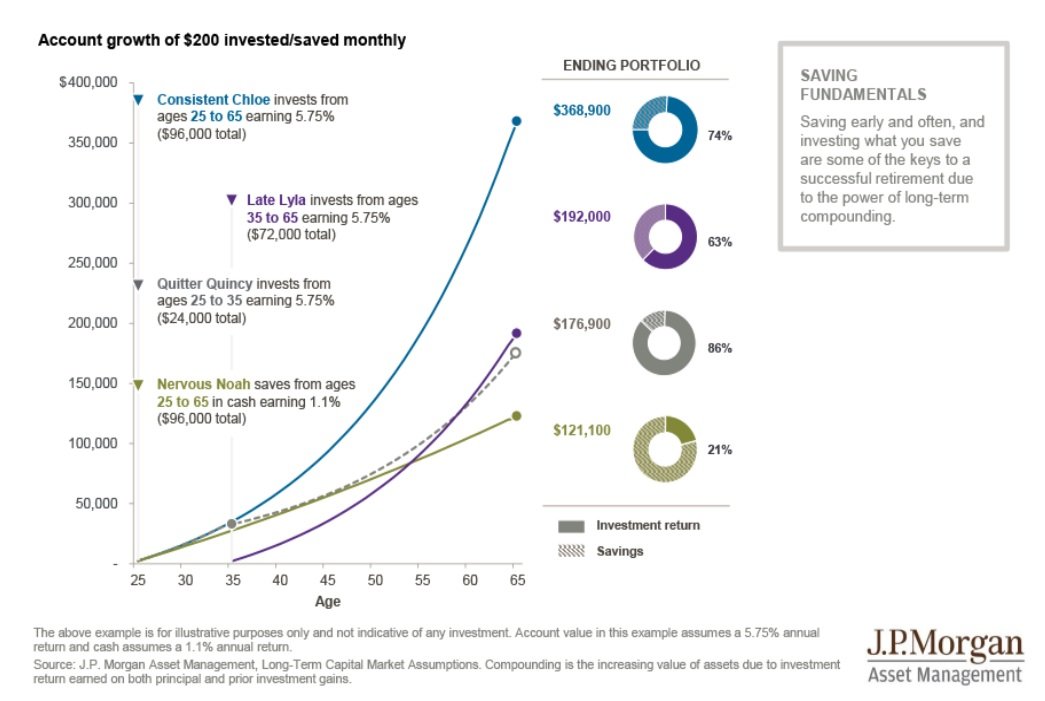 Contributed by: Kali Hassinger, CFP®, CSRIC™
Contributed by: Kali Hassinger, CFP®, CSRIC™
In Mid-August, The Inflation Reduction Act was signed into law. This law includes several clean-energy tax incentives, provides additional funding for the IRS, extends Affordable Care Act subsidies, implements a minimum corporate tax, and, for the first time, gives Medicare the power to negotiate prescription costs. Although there is doubt whether these provisions will reduce the current historically high inflation rates, the law provides support that is viewed as a breakthrough in climate-related policy.
Energy and Climate Change Investments: Tax credits for individuals are extended to households that invest in energy-efficient home improvements. The credit is equal to 30% of the amount paid or up to $1,200/year for these improvements (an increase from the previous 10% rate). A $7,500 clean vehicle credit will be available for those who purchase a vehicle assembled in North America. The credit is allowed for cars with an MSRP of $55,000 or less and vans, SUVs, and trucks with an MSRP of $80,000 or less. (Before you run out and buy an electric car for the tax credit, make sure it qualifies. A list provided by the U.S. Department of Energy can be found here.)
IRS Funding: Reports of the IRS being underfunded and backed up has been heard for several years. The Inflation Reduction Act provides billions of dollars to the IRS over the next ten years to increase their workforce, update technology, and hopefully work through the accumulated backlog.
Affordable Care Act Subsidies: The Inflation Reduction Act extended the premium tax credits for those enrolled in an Affordable Care Act insurance plan and whose income is up to 400% above the poverty line through 2025.
Minimum Corporate Tax: The Act introduces a new corporate alternative minimum tax (AMT) on companies with income of more than $100 million per year. The 15% tax will be applied to excess income over a corporation’s AMT foreign tax credit for the year.
Stock Buyback Excise Tax: In 2023, companies who purchase more than $1 million of their stock in a share repurchase program will be subject to a 1% excise tax.
Medicare Costs: The Inflation Reduction Act hopes to reduce out-of-pocket drug-related Medicare expenses by capping the annual limit. The out-of-pocket costs will be reduced to $4,000/year or less in 2024 and are set to be reduced again to $2,000/year in 2025. It requires the government to negotiate with drug manufacturers to lower prices, and it requires drug companies to pay Medicare in rebates if the cost of a drug increases at a rate higher than inflation.
The list above is not exhaustive and does not include several other corporate clean-energy provisions, additional expanded Medicare benefits (insulin cost cap and free vaccinations), and, ultimately, hopes to reduce carbon emissions by 40% over the next eight years.
Kali Hassinger, CFP®, CSRIC™ is a Financial Planning Manager and CERTIFIED FINANCIAL PLANNER™ professional at Center for Financial Planning, Inc.® She has more than a decade of financial planning and insurance industry experience.
The foregoing information has been obtained from sources considered to be reliable, but we do not guarantee that it is accurate or complete, it is not a statement of all available data necessary for making an investment decision, and it does not constitute a recommendation. Any opinions are those of Kali Hassinger, CFP®, CSRIC™ and not necessarily those of Raymond James. While we are familiar with the tax provisions of the issues presented herein, as Financial Advisors of RJFS, we are not qualified to render advice on tax or legal matters. You should discuss tax or legal matters with the appropriate professional.
Securities offered through Raymond James Financial Services, Inc., member FINRA/SIPC. Investment advisory services are offered through Center for Financial Planning, Inc. Center for Financial Planning, Inc. is not a registered broker/dealer and is independent of Raymond James Financial Services.























